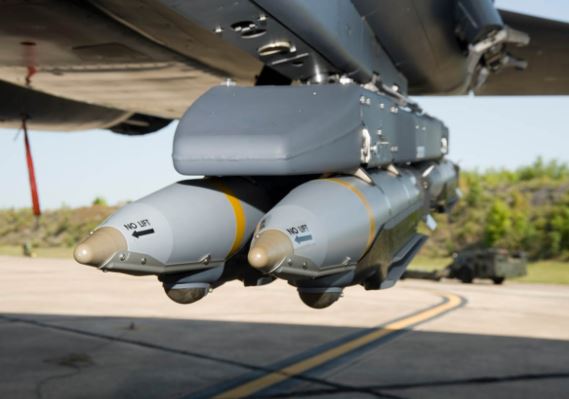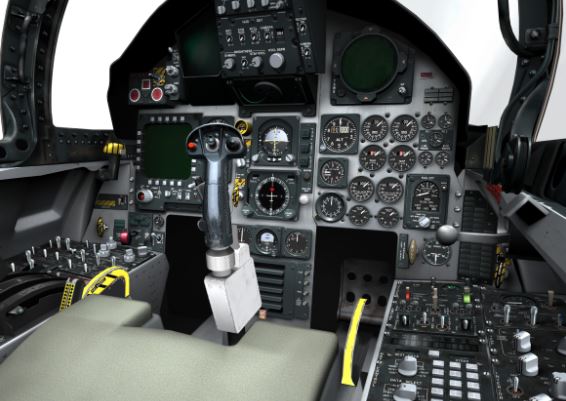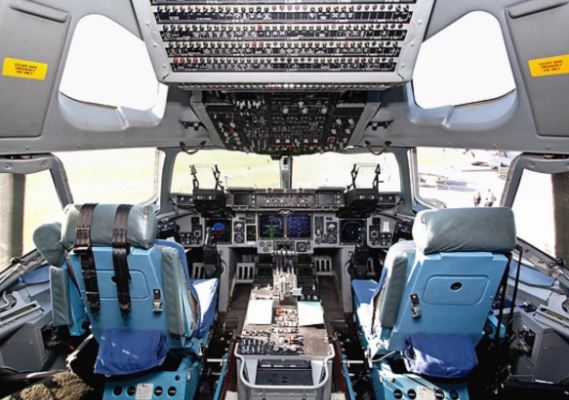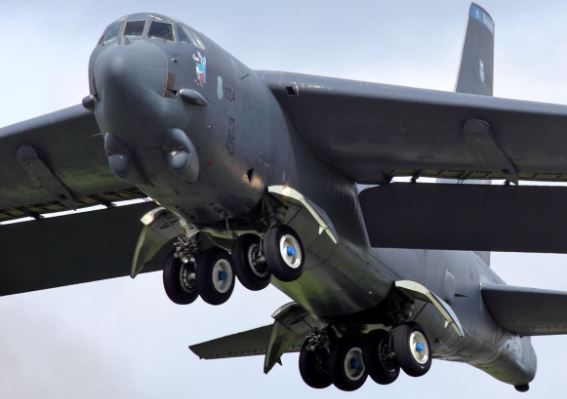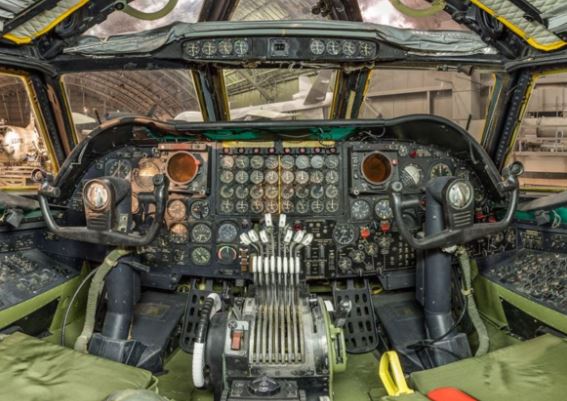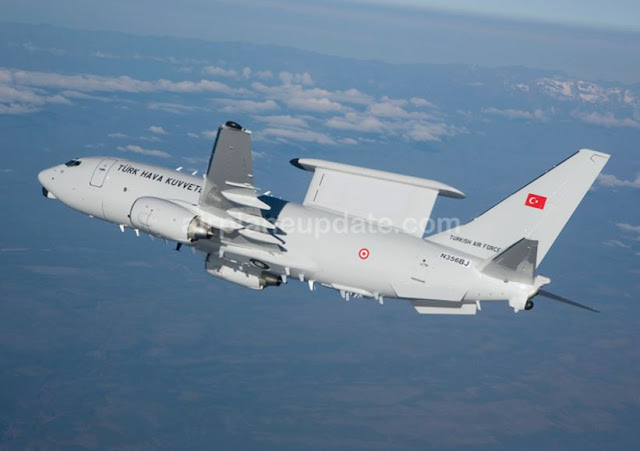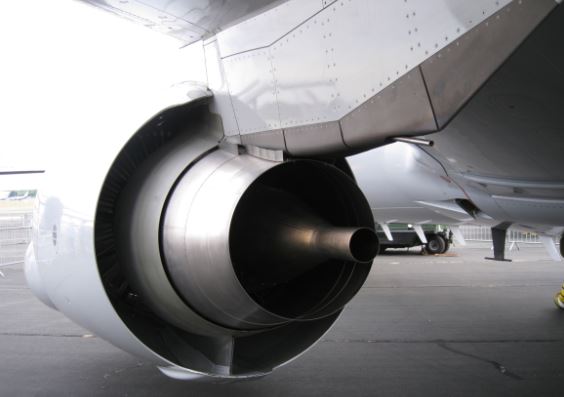Embraer E190-E2 Specs, Interior, Cockpit, and Price
Admin
19:57
Embraer E190-E2 Specs, Interior, Cockpit, and Price - Embraer E190-E2, the first of the Embraer E2 series that flew, made history the first aircraft in the world to achieve three regulatory certifications from ANAC Brazil, FAA United States and EASA the same day. The first aircraft was sent from Sao Jose dos Campos in April 2018. The aircraft entered commercial service on April 24 with Wideroe, which currently operates three such aircraft.

Embraer has certified E190-E2 on February 28, 2018. Certification requires 46,000 hours of tests on land and 2,200 in flight. Because fuel combustion is better than expected during testing, in January 2018 Embraer increased its range to 2,880 nm (5,330 km), and Bombardier tried to imply it in the petition to dispose of CSeries by Boeing because it reached a range of 2,900 nm.
Compared to its predecessor the E190, Embraer E190-E2 succeeded in providing a double-digit percentage reduction in fuel combustion and maintenance costs. On flightdeck, electronic flying bags allow pilots to access real-time data that is constantly being analyzed so that airplanes fly in the most economical way. The high level of similarity between the E2 family reduces the requirements of parts, allows the use of the same ground support equipment, and allows standard training and maintenance procedures. It reduces costs, increases the efficiency of the logistics department, and increases profits.

Embraer E190-E2 has 10% smaller wings and empennage 20% smaller with four parallel seats and 8% increase in wing aspect ratio. It also has a main landing door, which the E1 does not have, improves fuel efficiency by reducing traction.
Embraer E190-E2 has a maximum takeoff weight of 124,341 pounds and can carry more than 29,000 pounds of fuel. With a maximum cruising speed of Mach 0.82 similar to other E-Jets, E190-E2 has a range of 2,931nm (5,428km) on long-range roaming. The range is only indicative, based on ISA temperature, zero wind, and maximum passenger in standard configuration, and single class.
The trailing link's main landing gear has a wheel door to reduce fuel consumption by 1% and 20 in (51 cm) higher to provide sufficient ground engine distance. Embraer E190-E2 has 75% new parts, closed loops control fly-by-wire instead of open-loop type at E1 which gets better maintenance intervals.
Embraer E190-E2 has some of the lowest aircraft travel costs comparable to the neo A320 and Airbus A220. In the 600nm segment, E190-E2 will burn 10% less fuel than A220.

Travelers may feel as if they are flying on a larger plane. There is a different feature that can be denied from Embraer E190-E2, which is the absence of a center seat. New chairs are integrated into the floor and side walls, increasing bag space and legroom.
Although details such as legroom and seating configuration are the only decisions left for each airline customer, this new generation of aircraft offers several guaranteed benefits for passengers, such as redesigned windows with larger frames to make the cabin brighter, 40% overhead trays larger and able to fit the default luggage wheels first, and there is no support rail under the seat to block legroom.
The Embraer E190-E2 is offered in three basic cabin settings. Three class configuration, with 97 seats, potentially featuring 9 first class seats with 36 inches pitch, 20 comfort class seats at 34 inches pitch, and 68 economy class seats on a 31 inches pitch.
Embraer hopes that E190-E2 aircraft can replace several 50 and 70-seat regional jets in more advanced markets. In a single class configuration, the aircraft can comfortably accommodate 114 passengers at a distance of 29 inches, or 106 passengers at 31 inches.


Embraer has certified E190-E2 on February 28, 2018. Certification requires 46,000 hours of tests on land and 2,200 in flight. Because fuel combustion is better than expected during testing, in January 2018 Embraer increased its range to 2,880 nm (5,330 km), and Bombardier tried to imply it in the petition to dispose of CSeries by Boeing because it reached a range of 2,900 nm.
Compared to its predecessor the E190, Embraer E190-E2 succeeded in providing a double-digit percentage reduction in fuel combustion and maintenance costs. On flightdeck, electronic flying bags allow pilots to access real-time data that is constantly being analyzed so that airplanes fly in the most economical way. The high level of similarity between the E2 family reduces the requirements of parts, allows the use of the same ground support equipment, and allows standard training and maintenance procedures. It reduces costs, increases the efficiency of the logistics department, and increases profits.

Embraer E190-E2 Specs and Engine
The Embraer E190-E2 using the PW1900G engine has a 73 in (190 cm) fan for the 12: 1 bypass ratio. The machine is capable of providing power of 2200 lbf (98 kN). The aluminum wing range increases to 33.7 m (110 feet) for the highest wing aspect ratio of each aircraft, only above 11. It moves forward to shift the rear center of gravity to reduce the horizontal downforce stabilizer, reduce fuel combustion by 1.5 %.Embraer E190-E2 has 10% smaller wings and empennage 20% smaller with four parallel seats and 8% increase in wing aspect ratio. It also has a main landing door, which the E1 does not have, improves fuel efficiency by reducing traction.
Embraer E190-E2 has a maximum takeoff weight of 124,341 pounds and can carry more than 29,000 pounds of fuel. With a maximum cruising speed of Mach 0.82 similar to other E-Jets, E190-E2 has a range of 2,931nm (5,428km) on long-range roaming. The range is only indicative, based on ISA temperature, zero wind, and maximum passenger in standard configuration, and single class.
The trailing link's main landing gear has a wheel door to reduce fuel consumption by 1% and 20 in (51 cm) higher to provide sufficient ground engine distance. Embraer E190-E2 has 75% new parts, closed loops control fly-by-wire instead of open-loop type at E1 which gets better maintenance intervals.
Embraer E190-E2 has some of the lowest aircraft travel costs comparable to the neo A320 and Airbus A220. In the 600nm segment, E190-E2 will burn 10% less fuel than A220.

Embraer E190-E2 Interior and Cabin
The interior of Embraer E190-E2 aircraft aims for the feel of a wide-bodied cabin to give passengers the impression of having more space, or being on a larger plane. The Embraer E190-E2 cabin displays a larger window frame with a window the same size as E1, but with a larger display area.Travelers may feel as if they are flying on a larger plane. There is a different feature that can be denied from Embraer E190-E2, which is the absence of a center seat. New chairs are integrated into the floor and side walls, increasing bag space and legroom.
Although details such as legroom and seating configuration are the only decisions left for each airline customer, this new generation of aircraft offers several guaranteed benefits for passengers, such as redesigned windows with larger frames to make the cabin brighter, 40% overhead trays larger and able to fit the default luggage wheels first, and there is no support rail under the seat to block legroom.
The Embraer E190-E2 is offered in three basic cabin settings. Three class configuration, with 97 seats, potentially featuring 9 first class seats with 36 inches pitch, 20 comfort class seats at 34 inches pitch, and 68 economy class seats on a 31 inches pitch.
Embraer hopes that E190-E2 aircraft can replace several 50 and 70-seat regional jets in more advanced markets. In a single class configuration, the aircraft can comfortably accommodate 114 passengers at a distance of 29 inches, or 106 passengers at 31 inches.







